Sarah Roosevelt Writes To A Friend About Franklin In 1909
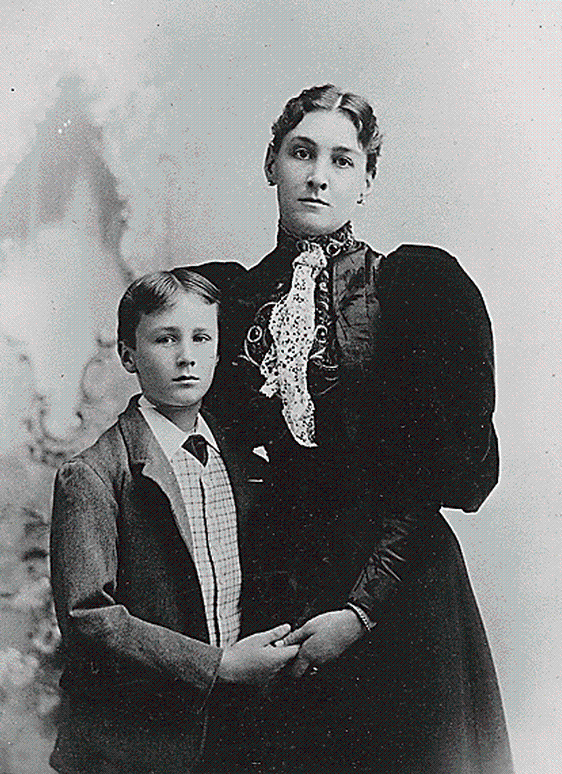
Sara married James Roosevelt I in 1880. Two years later, she gave birth to a son, Franklin Delano Roosevelt, on January 30, 1882. After the birth of her son, doctors advised Sara not to have any more children, and thus the young Franklin became the focus of her attention. Sara was quoted as saying "the greatest constant in his life and his biggest supporter". Many wealthy parents of this time period relied on servants to care for their children, but not Sara. She taught Franklin reading and geography, and employed tutors rather than sending him to a conventional school. After the death of her husband in 1900, she temporarily moved to Boston, Massachusetts to be close to her son who was then studying at Harvard University. Sara did not approve of many of the women that her son courted. When Franklin fell in love with his distant cousin, Eleanor Roosevelt, Sara was determined to change his mind. She tried to coerce him out of the engagement, but with no luck, she insisted that her son keep his arrangement a secret for over a year. Sara was heavily involved in the lives of Franklin and Eleanor's children. She often offered advice on how to raise them, and frequently undermined the couple's disciplinary skills by spoiling her grandchildren. Eleanor often relied on Sara's direction to make her feel more secure in her role of being a mother. Though Sara became known popularly as a stereotypical domineering mother-in-law after being portrayed as much in the film Sunrise at Campobello, her actual relationship with Eleanor was much more complex. It is quoted that, "the relationship between Sara Delano Roosevelt and Eleanor Roosevelt varied from close to distant as different times. The pair grew close during the early years of the marriage as Eleanor's mother had died when she was young, and she used Sara as a surrogate mother to discuss issues. She supported Eleanor after she discovered Franklin's affair with Lucy Mercer, which put the marriage close to collapse. However, the relationship began to be more distant after Eleanor became more heavily involved in politics and activism.[8] Franklin Roosevelt never had a home of his own that was separate from that of his mother's.[ In 1906, Roosevelt commissioned a pair of houses to be built at E 65 Street, New York City, as a wedding present for Franklin and his wife, Eleanor, on the strict condition that she could move in next to them. She oversaw a series of connecting doors between the houses, allowing her access to the drawing room and children's bedrooms in the neighbouring property. Her son and daughter-in-law moved out after Franklin took office in the White House in 1933. She lived to see Franklin elected President of the United States three times, becoming the first Presidential mother to vote for her son. Sara continued to support her son's career, even standing in as First Lady on several occasions. She was always prepared to say something positive about her son, and remained highly protective of him and his family. Due to insufficient information often presented in Roosevelt biographies, Sara is not well known for the large role that she played in shaping Franklin's social outlook and overall character. Sara Delano Roosevelt died on September 7, 1941 with the President at her side, two weeks before her 87th birthday. "Minutes after her death, the largest oak tree at Hyde Park toppled to the ground. It was a clear windless day." The funeral was held at Springwood. The President can be seen wearing a black mourning band on his arm in photographs of him later signing the declaration of war against Japan. His mother's memory is commemorated with the Sara Delano Roosevelt Park in New York City's Lower East Side, which was dedicated during her lifetime, in 1934. She was buried next to her husband at the churchyard at St. James Episcopal Church in Hyde Park. In 2003, the City University of New York announced they would restore Roosevelt's former home, now known as the Sara Delano Roosevelt Memorial House, on 47 East 65th Street, where she lived from 1908 until her death The funeral was held at Springwood. The President can be seen wearing a black mourning band on his arm in photographs of him later signing the declaration of war against Japan. His mother's memory is commemorated with the Sara Delano Roosevelt Park in New York City's Lower East Side, which was dedicated during her lifetime, in 1934. She was buried next to her husband at the churchyard at St. James Episcopal Church in Hyde Park. These two letters were written in 1909 by Sarah Delano Roosevelt to a friend and mailed from Hyde Park. The friend was requesting help in finding a banking job for her son. Franklin was 24 years-old at the time. In the first letter she mentions the illness and death of her husband, James, five years earlier and thanks the recipient for sending postage stamps for Franklin's stamp collection. She states that Franklin married "a charming girl" (Eleanor) "and they now have a baby daughter about a month old." This was an ironic comment in view of the fact that Sarah tried to talk her son out of marrying Eleanor. In the second letter, sent earlier, she thanks her friend for sending the postage stamps and says that Franklin "will be so very pleased to have so valuable an addition to his collection." Even though these letters were mailed five years after the death of her husband, she was still using black-bordered stationary in his memory.

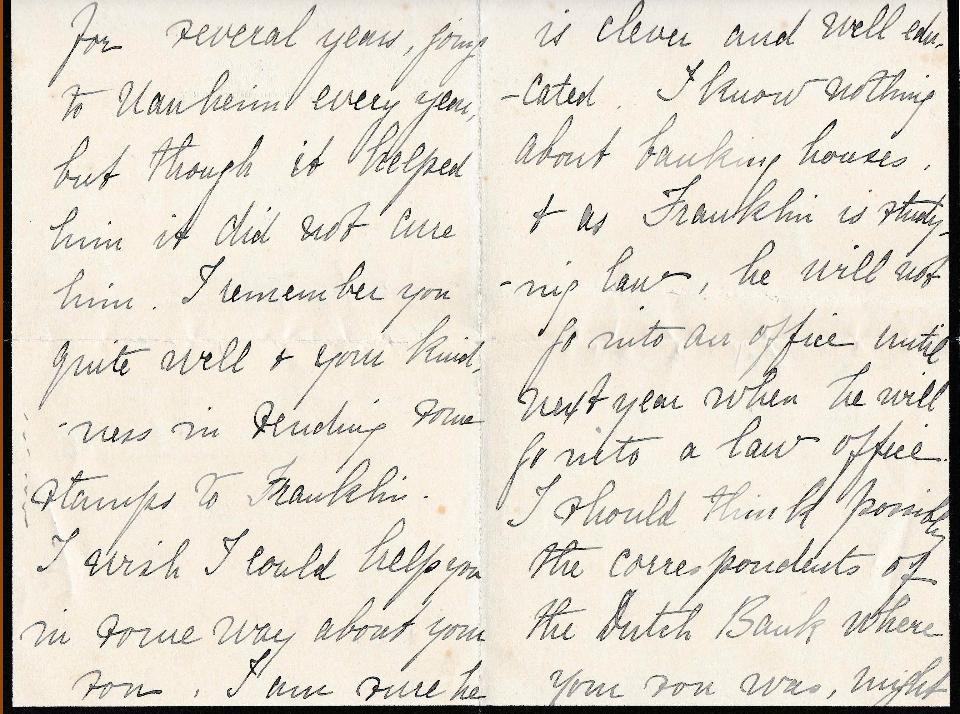
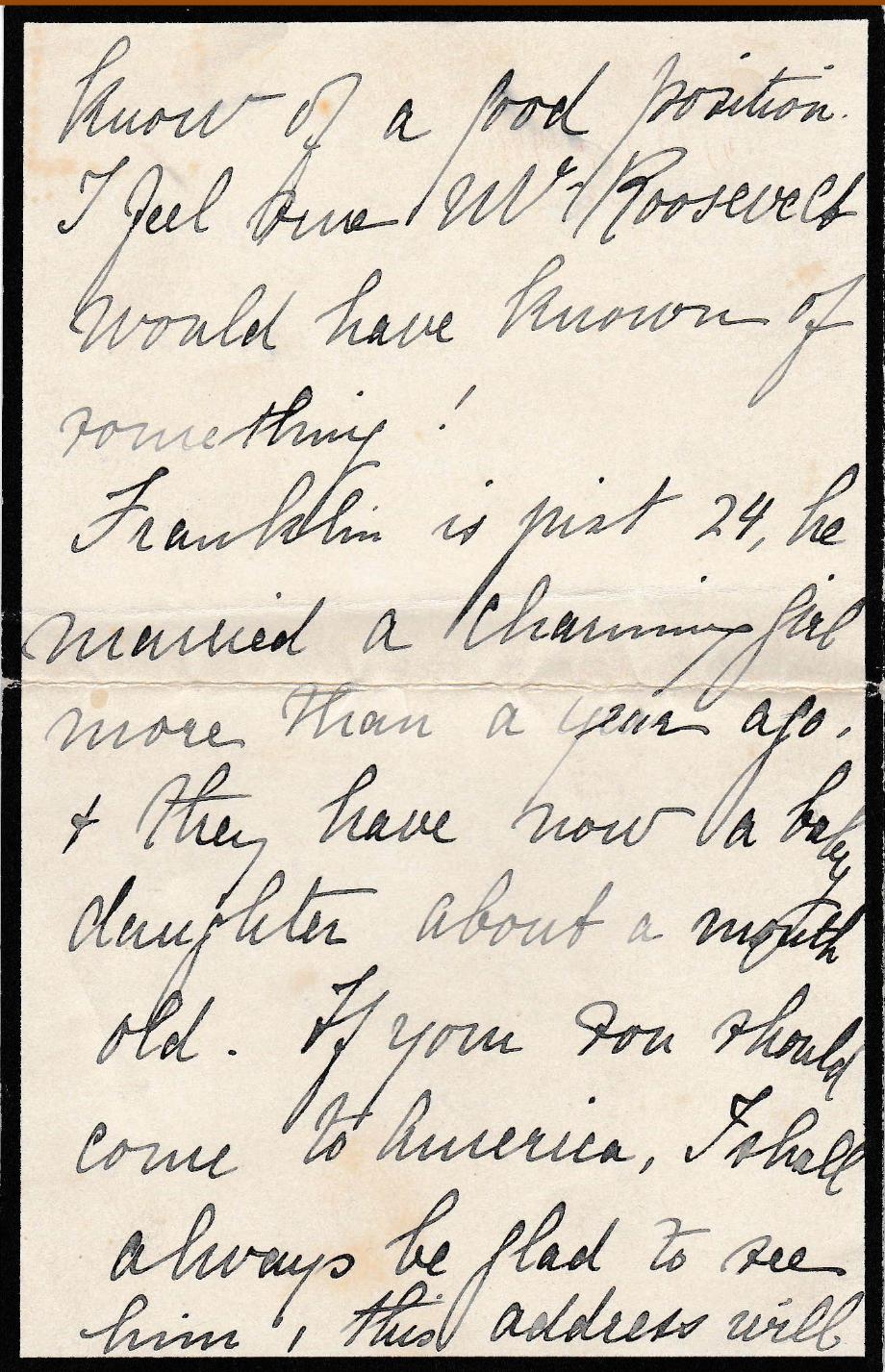
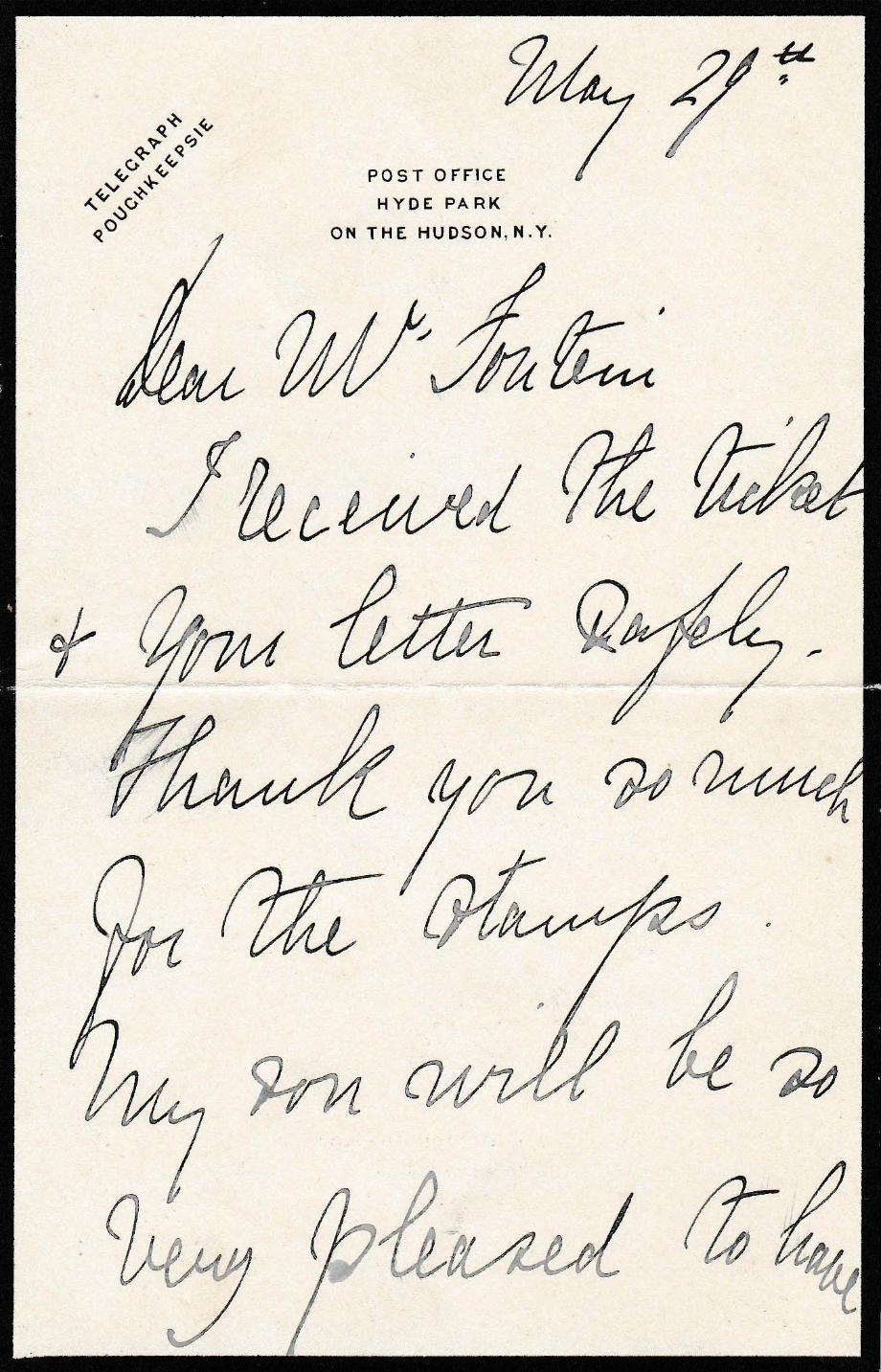
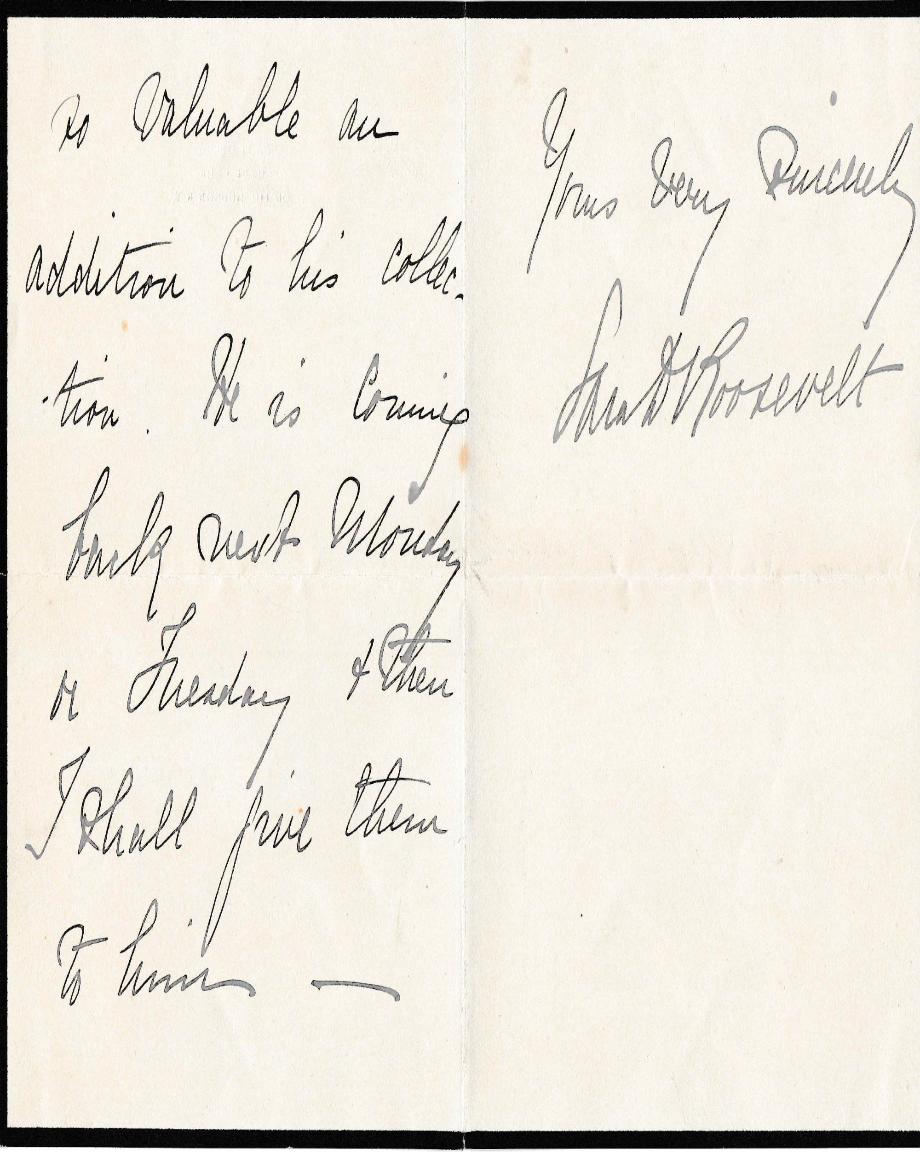
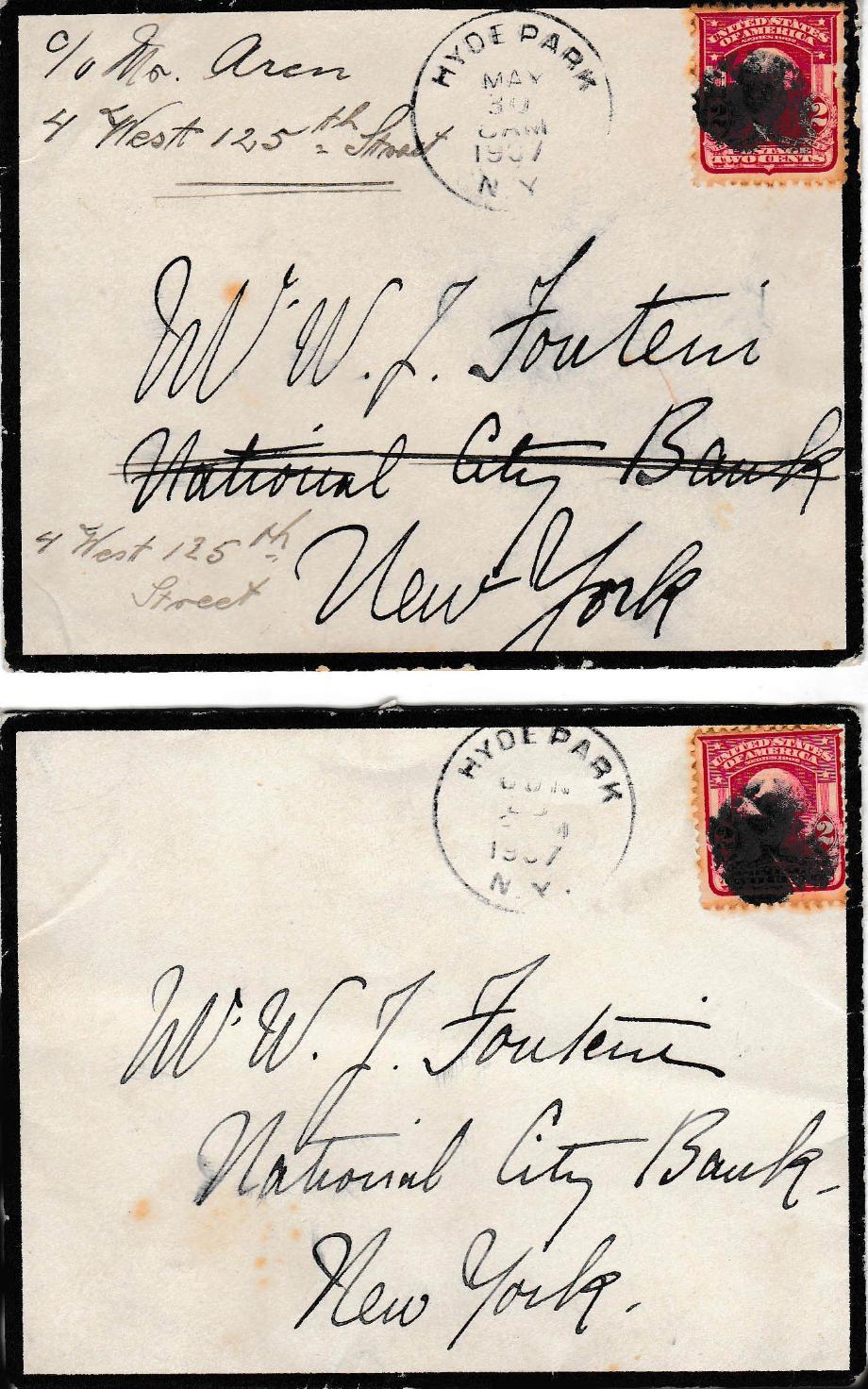
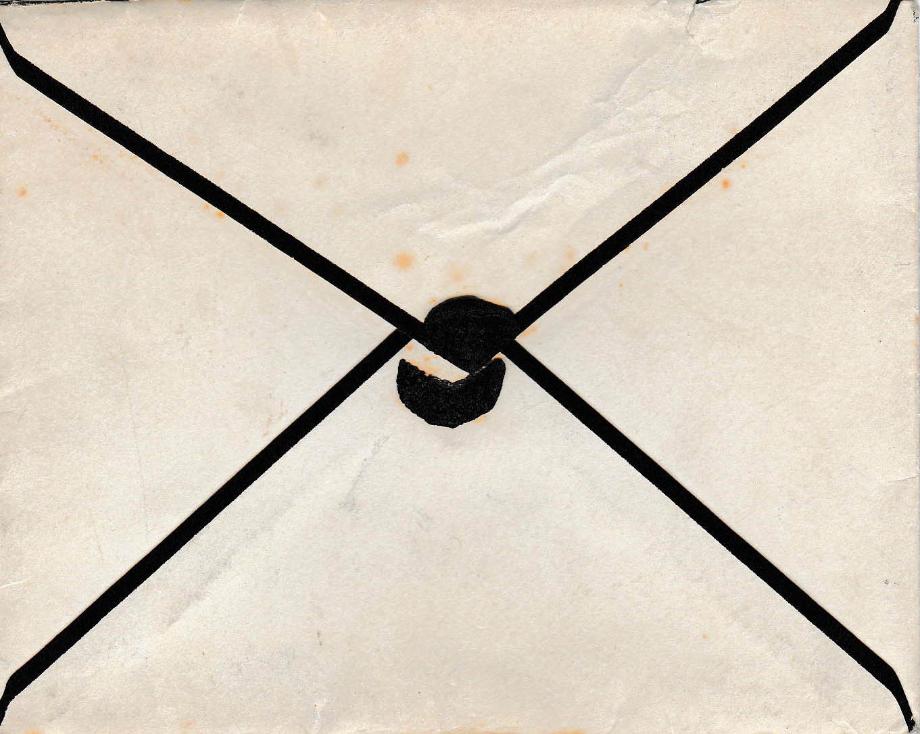
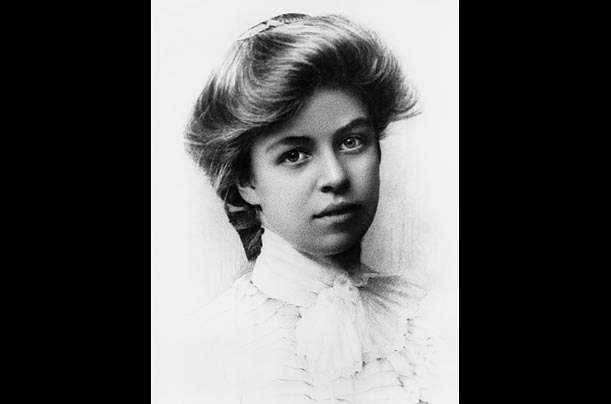
YoungEleanor Roosevelt in 1909

Young Franklin Roosevelt at Oak Island, 1909 (with pipe)